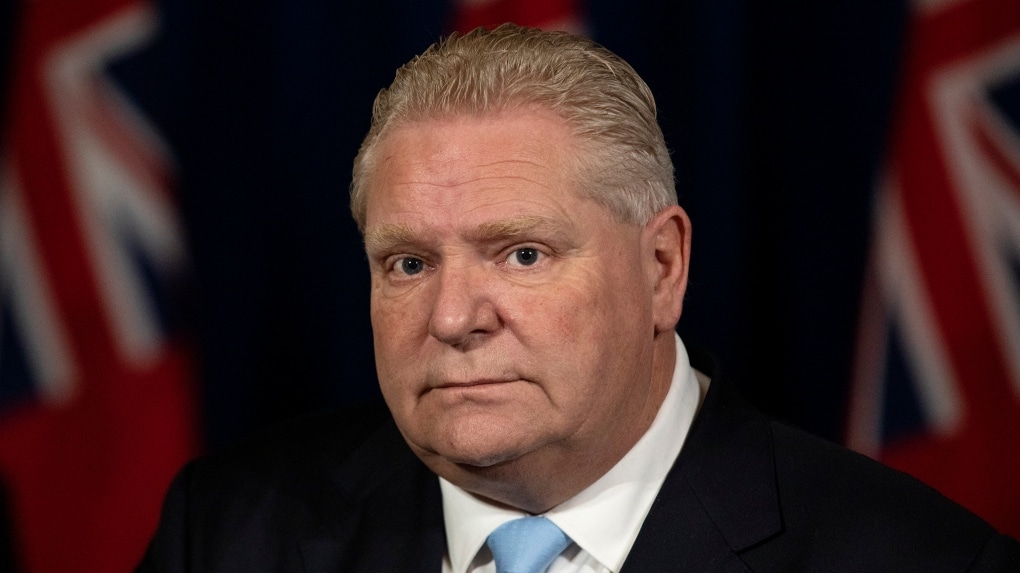On Tuesday, the Ontario government announced it would be changing housing-related legislation in order to meet its pledge of building 1.5 million homes in 10 years. If this bill were to pass, here’s what would change:
Municipal zoning laws
- You will be allowed to have up to three units on one residential lot without needing any additional bylaw amendments or municipal permissions. Municipalities will not have the authority to set minimum unit sizes or require more than one parking space per unit.
- duplexes, and triplexes will now be allowed on single residential lots.
- Going forward, site plan reviews will only assess health and safety concerns, not landscaping or exterior architectural design. Therefore, these latter matters will no longer be under site plan control.
- Zoning changes to allow more near transit
Development charges
Development charges are fees collected from developers that help pay for the cost of municipal services or impacted infrastructure such as roads and transit.
- Development charges for additional units built on single residential lots will be waived
- Development charges will be waived for affordable housing, non-profit housing and inclusionary zoning units, as well as select attainable housing units. These homes would also be exempt from parkland dedication levies and community benefit charges
- Development charges will be reduced up to 25 per cent for family-sized rental units
- Any development charges in new bylaws as of June 2022 would be phased-in over five years to make the increases more manageable
Conservation authorities
- Conservation Authority fees for development permits and proposals will be temporarily frozen
- The regulations of 36 conservation authorities in Ontario will be streamlined into one
- When approving permits factors such as pollution and conservation of land will no longer be considered. Instead the only requirements would be the consideration of unstable soil or bedrocks. Permits will also be issued for development in areas “prone to flooding and erosion along rivers and lakes and within wetlands.”
Housing targets
The province identified 29 large municipalities housing targets based on population size and growth. The Greater Toronto Area, as well as Ottawa, will be responsible for more than half a million of the province’s 1.5 million goal.
Each city will be required to develop a “pledge” outlining how they will meet the targets.
Municipal fees and funding
- No additional funding has been announced thus far to help with housing targets
- Proposal that would require municipalities to spend or allocate at least 60 per cent of their development charge and parkland reserve balances each year ot building infrastructure and parks
- Increase maximum penalties to $50,000 for “bad actors” who terminate contracts or cancel projects such as pre-construction homes
- Increase the non-resident speculation tax from 20 per cent to 25 per cent
Inclusionary zoning
- Make inclusionary zoning rules “more consistent” where they are applied, including a maximum 25-year affordability period, a five per cent cap on the number of affordable units and a standardized approach to determining an “affordable price or rent”
Community involvement in development
- Limit third-party appeals at the Ontario Land Tribunal for official plan amendments, zoning bylaw amendments, as well as “minor variances and consents.” This includes appeals made by individuals or community groups not directly involved in the development case
- Speeding up decisions at the Ontario Land tribunal by prioritizing cases that will create the most housing, among other things
- Municipalities will no longer be required to hold public meetings for drafts of a new development
- Reduce parkland requirements for higher density residential developments
